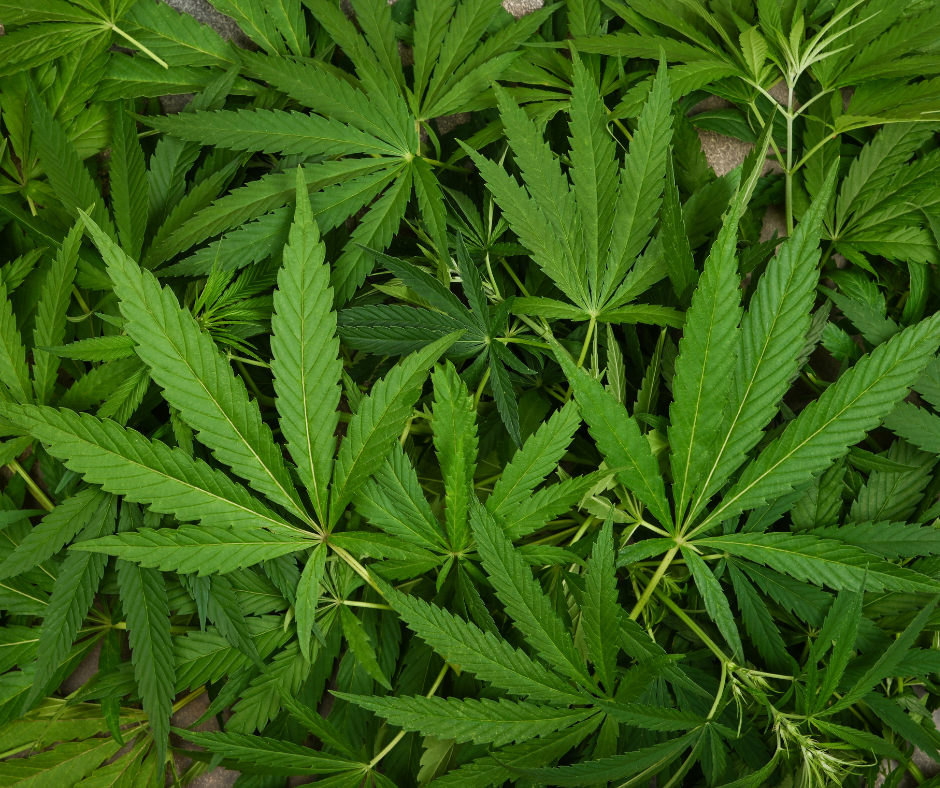Tomorrow, voters in South Dakota will decide for the third time if marijuana should be legalized for recreational use in our state. IM 29 would “allow individuals 21 years of age or older to possess, grow, ingest, and distribute marijuana or marijuana paraphernalia.” Here’s what you need to know before casting your vote on this amendment.
Marijuana is often called a “safe” drug as justification for its legalization. In comparison to hard drugs like fentanyl and cocaine, it may be safer, but it is in no way safe. Cannabis, by its very nature as a drug, comes with a laundry list of risks. As new evidence comes to light, that list only grows longer.
What many people, especially parents, don’t realize is that the marijuana being sold and smoked today is “significantly stronger than what was passed around at Woodstock.” With the increase in potency comes a drastic increase in side effects.
In 2021, JAMA Pediatrics found that heavy marijuana use among minors with preexisting mood disorders is “associated with an elevated risk of self-harm, overall mortality, and death by unintentional overdose and homicide.” As the rate of teenagers who struggle with anxiety and depression increases year by year, this study only becomes more concerning. The World Health Organization estimates that one in seven minors experience some form of mental disorder. Experts found “clear medical evidence of increased psychiatric difficulties with marijuana use, including violence, psychosis, schizophrenia, manic episodes, worsening depression and suicide.” It couldn’t be clearer: in a society already plagued with mental health issues, marijuana is adding to the problem.
Not only are there vast mental health implications with marijuana use, but “legalizing pot correlates with a rise in auto crashes, as well as property and violent crimes.” Statistics show that despite the common argument, legalizing marijuana has grown rather than reduced the black market supply. As Matt Walsh recently asked proponents of legalization, “Can you point to any state or city in the country where life has been, in any way, measurably improved after legalizing marijuana? Where are the legalization success stories?” The truth is, there are none.
Many marijuana advocates point to the supposed health benefits of the drug as a reason for legalization, but last year a study found that “67% of the relief from pain reported by people treated with cannabinoids was also seen among those who received a placebo. This suggests that the pain reduction was not due primarily to compounds found in cannabis but to peoples’ expectations that it would help.” Some might suggest that the risks of marijuana can be overlooked for the therapeutic benefits it can provide, but science shows the “benefits” are merely an illusion in most cases.
As John Stonestreet and Timothy Padgett noted in a recent article, “Pot isn’t a victimless crime and, given its social impact, cannot simply be reduced to a matter of personal freedom.” You can be the judge of whether or not this gateway drug should be legalized in our state by showing up to the polls on November 5. Click here for more details about your local elections.
Curious about what else will be on your ballot in November? Click here for an overview of Amendment G, which would legalize abortion through all nine months. Click here for an overview of IM 29, which would legalize recreational marijuana. Click here for an overview of IM 28, which would eliminate state sales tax on anything sold for human consumption. Click here for an overview of Amendment F, which would authorize the creation of a work requirement for Medicaid recipients.






